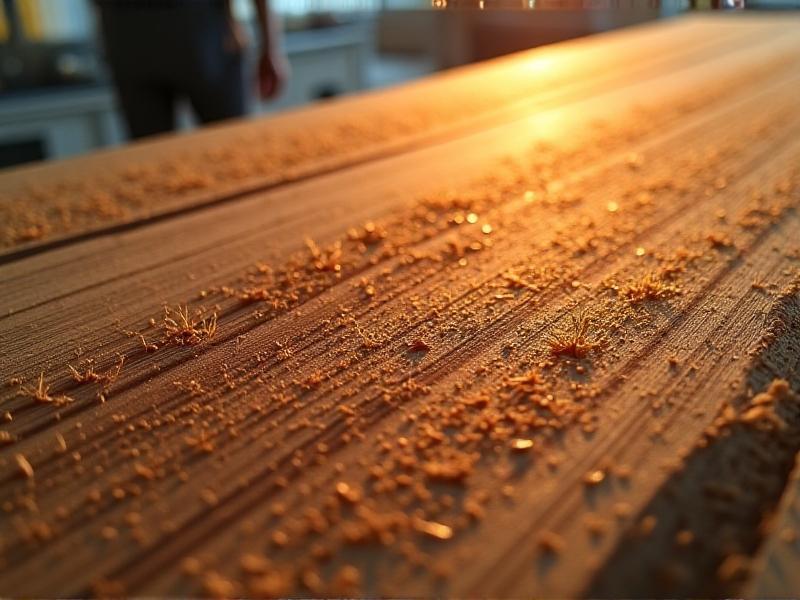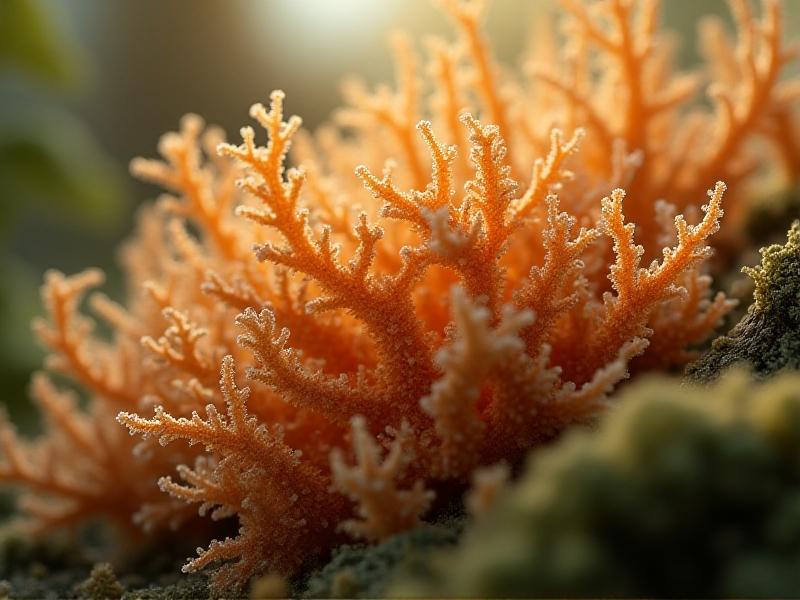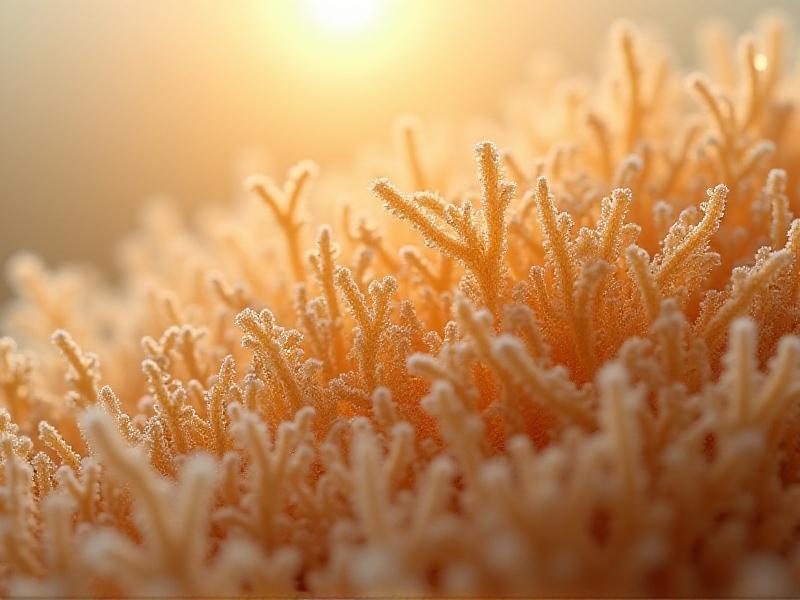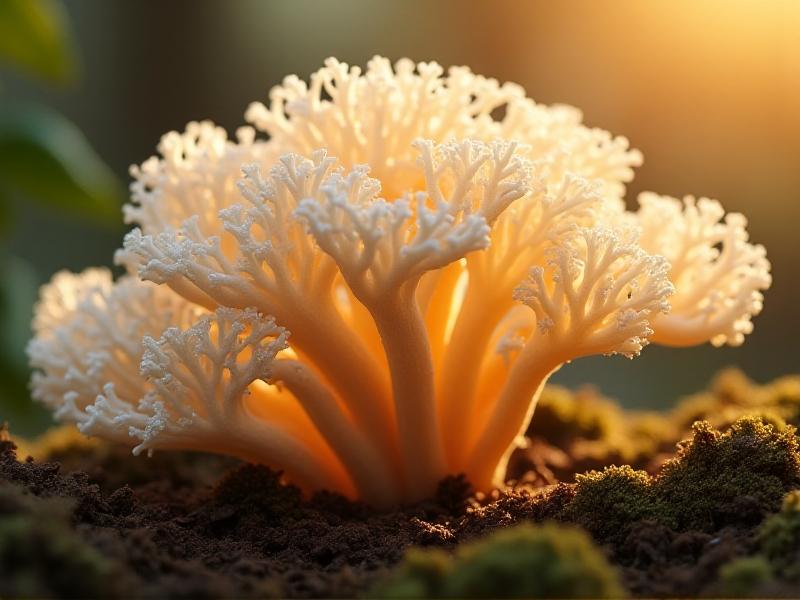Sustainable Retrofitting: Adding Mycelium Layers to Existing Homes
Introduction to Sustainable Retrofitting with Mycelium
As the world grapples with the urgent need for sustainable living solutions, retrofitting existing homes with eco-friendly materials has emerged as a critical strategy. Among the most innovative materials being explored is mycelium, the root structure of fungi. Mycelium is not only biodegradable but also possesses remarkable insulation properties, making it an ideal candidate for sustainable retrofitting. This article delves into the potential of adding mycelium layers to existing homes, exploring its benefits, challenges, and practical applications.
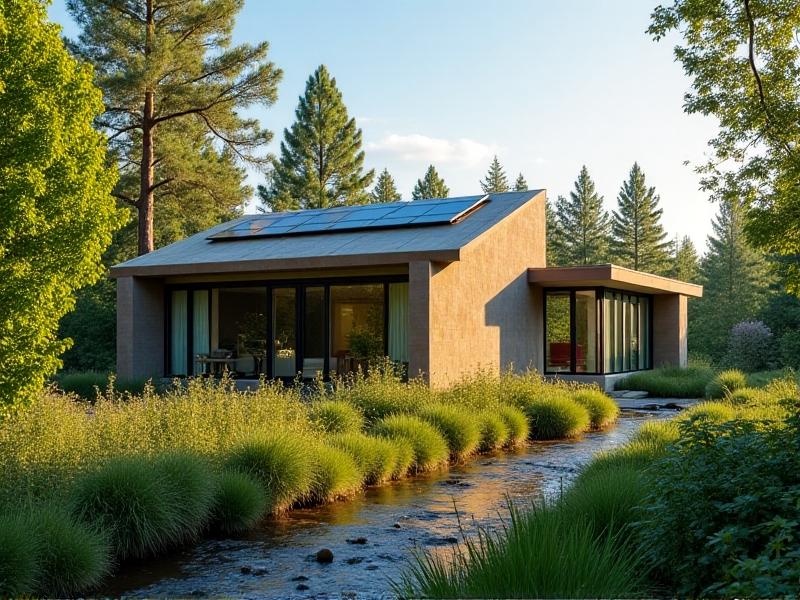
What is Mycelium and Why is it Sustainable?
Mycelium is the vegetative part of a fungus, consisting of a network of fine white filaments called hyphae. It grows naturally in soil and decomposes organic matter, playing a crucial role in nutrient cycling. Mycelium is sustainable because it is renewable, biodegradable, and requires minimal resources to cultivate. Unlike traditional building materials, mycelium can be grown in controlled environments using agricultural waste, making it a low-carbon alternative. Its lightweight and porous structure also make it an excellent insulator, reducing energy consumption in homes.
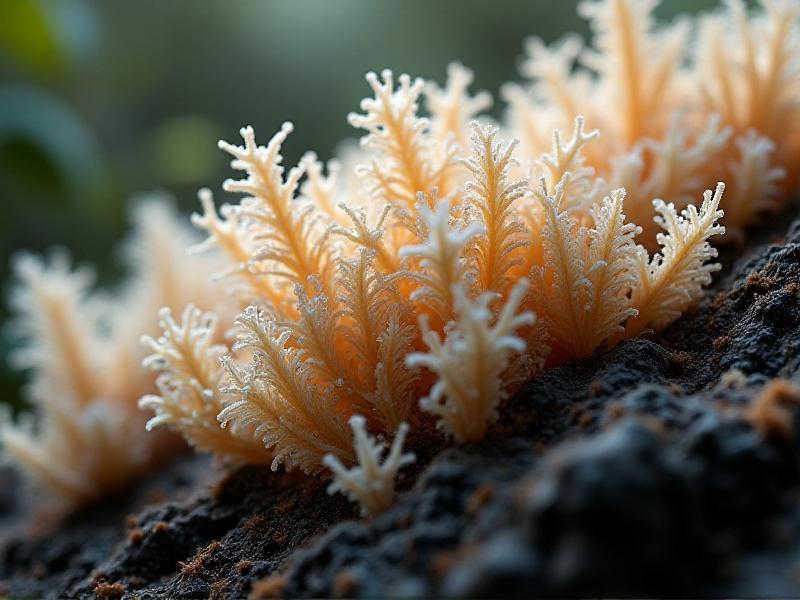
Benefits of Adding Mycelium Layers to Existing Homes
Retrofitting homes with mycelium layers offers numerous benefits. First, it enhances thermal insulation, reducing the need for heating and cooling, which in turn lowers energy bills and carbon footprints. Second, mycelium is fire-resistant and has excellent acoustic properties, contributing to safer and quieter living environments. Third, it is a natural material that does not release harmful chemicals, improving indoor air quality. Finally, mycelium is aesthetically versatile, allowing homeowners to incorporate organic textures and designs into their homes.
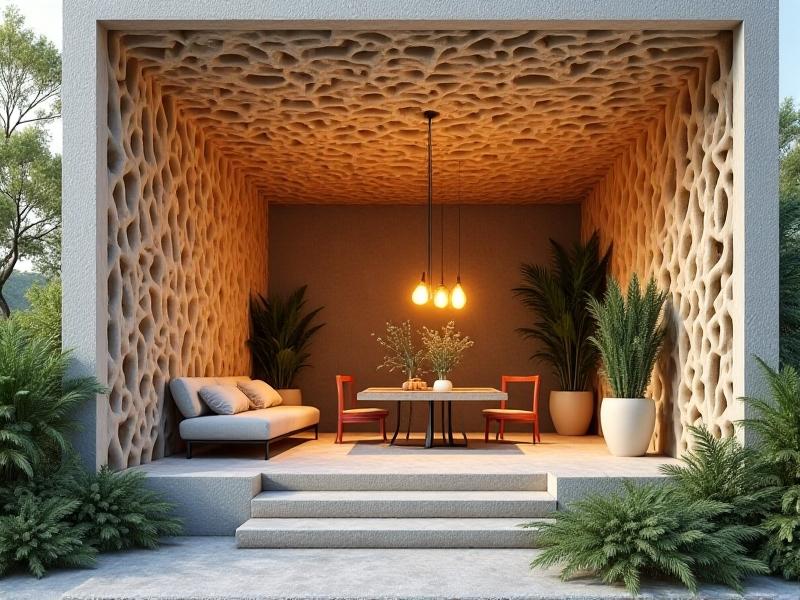
Challenges and Considerations in Mycelium Retrofitting
While mycelium holds great promise, there are challenges to consider. One major issue is its durability in outdoor environments, as prolonged exposure to moisture can degrade the material. Research is ongoing to develop protective coatings that enhance its longevity. Another challenge is the current cost of mycelium production, which is higher than traditional materials due to limited scalability. Additionally, building codes and regulations may need to be updated to accommodate this innovative material. Homeowners must also be educated about the benefits and maintenance of mycelium to ensure its successful adoption.
Practical Applications of Mycelium in Home Retrofitting
Mycelium can be used in various ways to retrofit homes. It can be grown into panels for wall insulation, molded into decorative elements, or even used as a substitute for traditional drywall. In flooring, mycelium-based materials can provide a soft, natural surface that is both durable and eco-friendly. For roofs, mycelium can be combined with other materials to create lightweight, insulating layers. Case studies of successful mycelium retrofits are emerging, showcasing its potential to transform homes into sustainable, energy-efficient spaces.
The Future of Mycelium in Sustainable Architecture
The future of mycelium in sustainable architecture is bright, with ongoing research and innovation driving its adoption. As production methods become more efficient, costs are expected to decrease, making mycelium accessible to a wider audience. Collaborations between architects, scientists, and policymakers will be essential to integrate mycelium into mainstream construction practices. With its unique combination of sustainability, functionality, and beauty, mycelium has the potential to revolutionize the way we build and retrofit homes, paving the way for a greener future.

